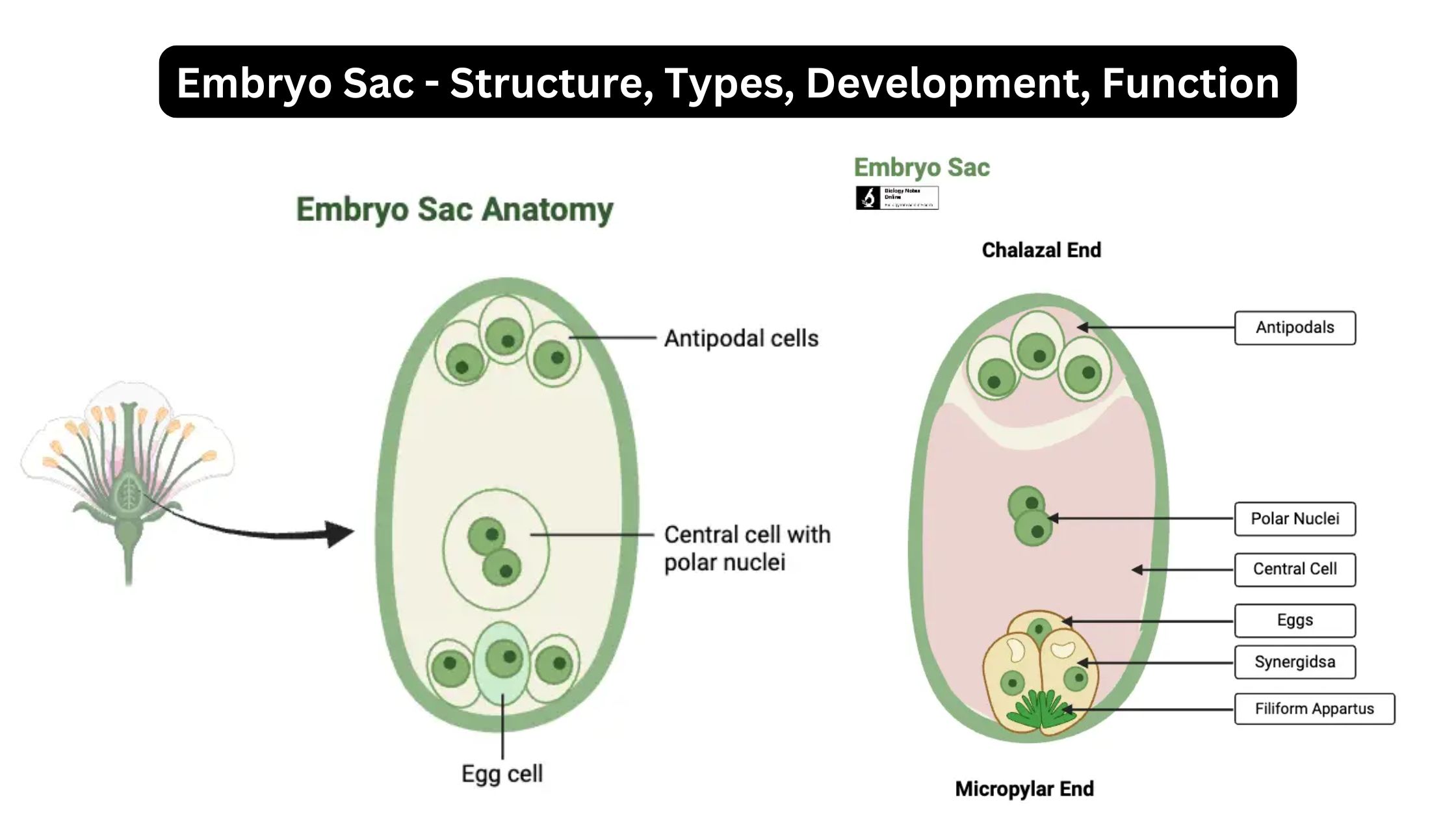Embryo Sac – Structure, Types, Development, Function
What is an Embryo Sac? Definition of Embryo Sac The embryo sac is the female gametophyte in flowering plants, located within the ovule, where fertilization occurs, leading to the development of the seed and endosperm. Structure of Embryo Sac The structure of the embryo sac, also known as the mature female gametophyte, is integral to … Read more









